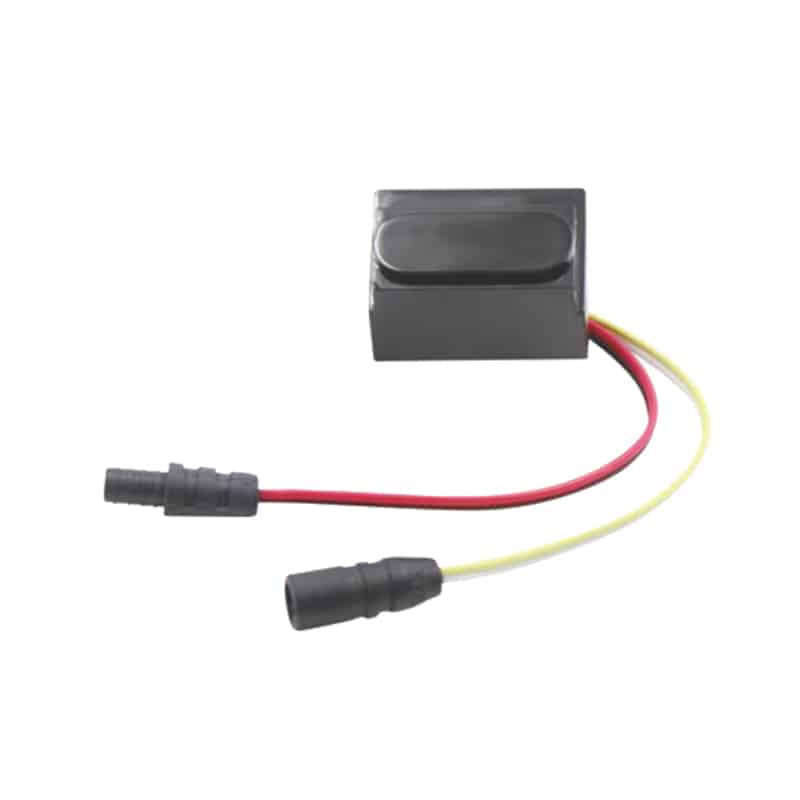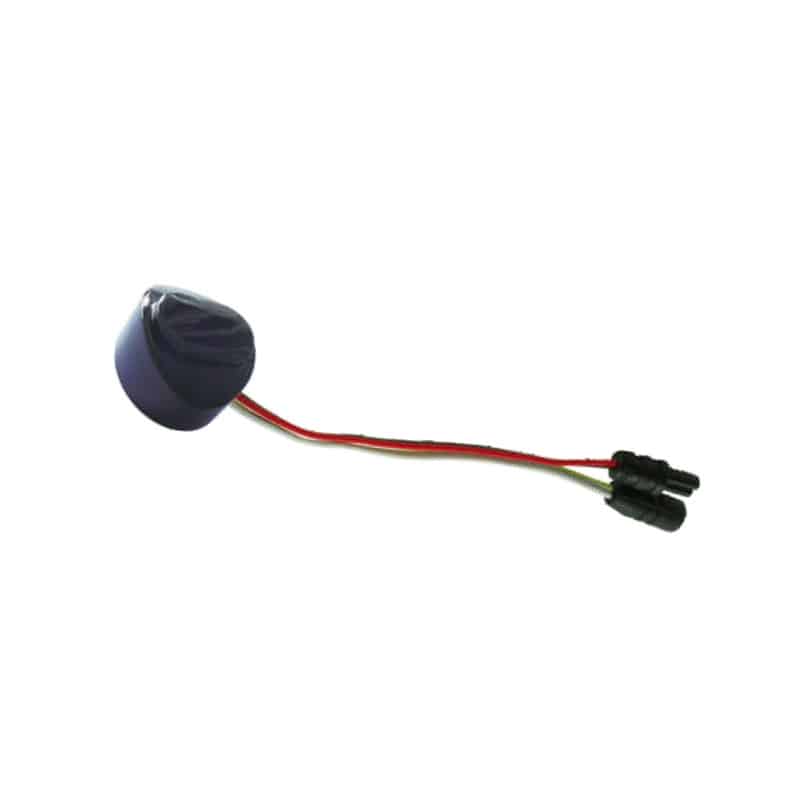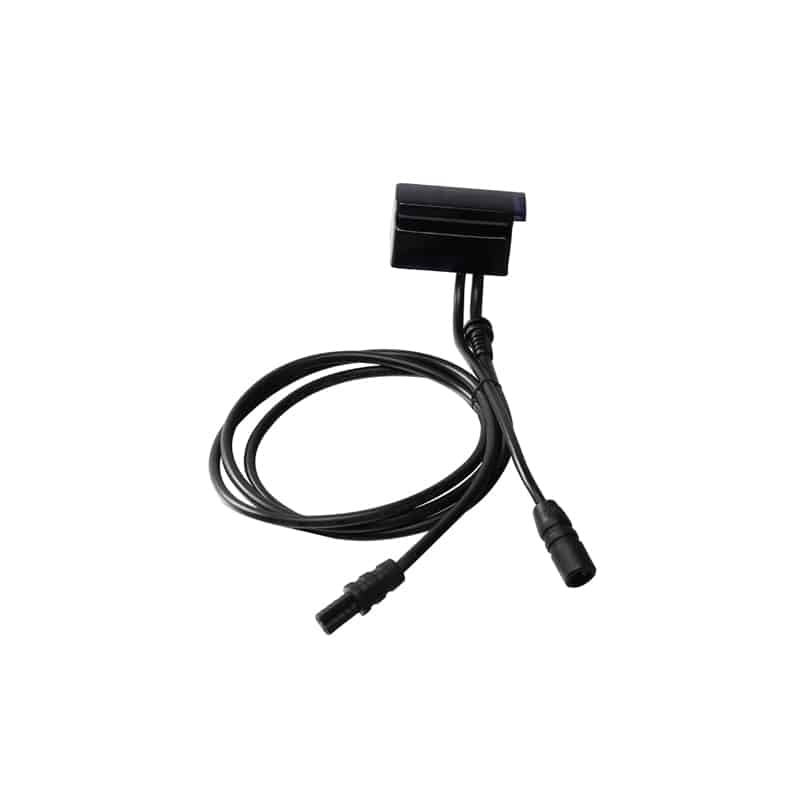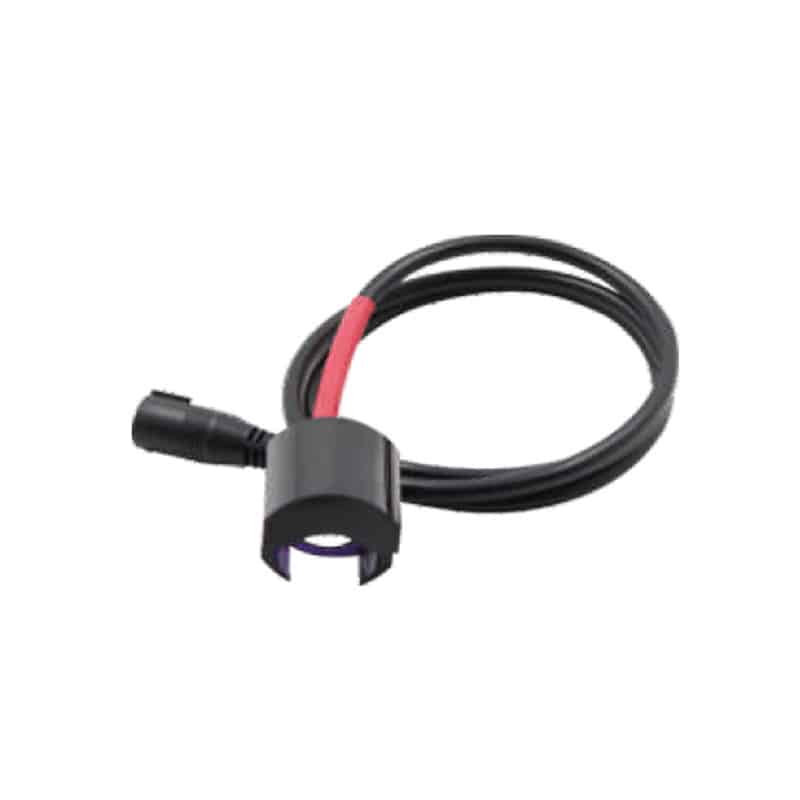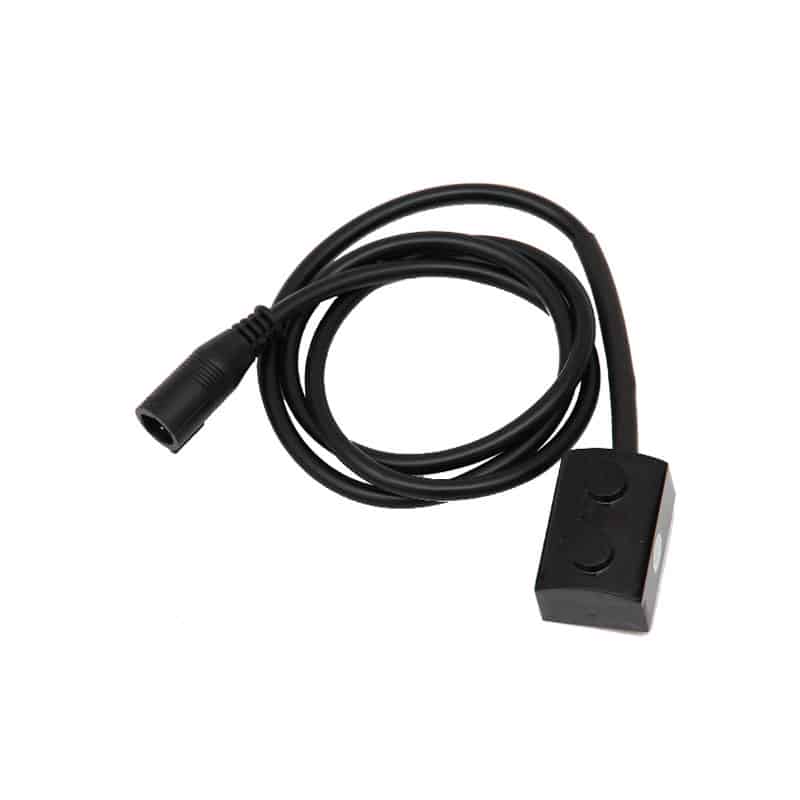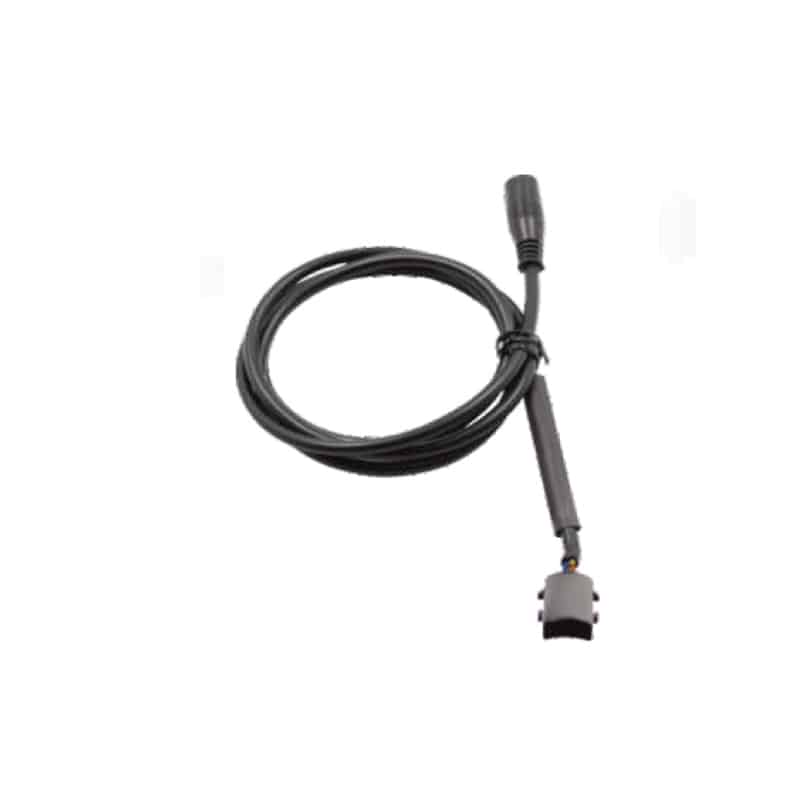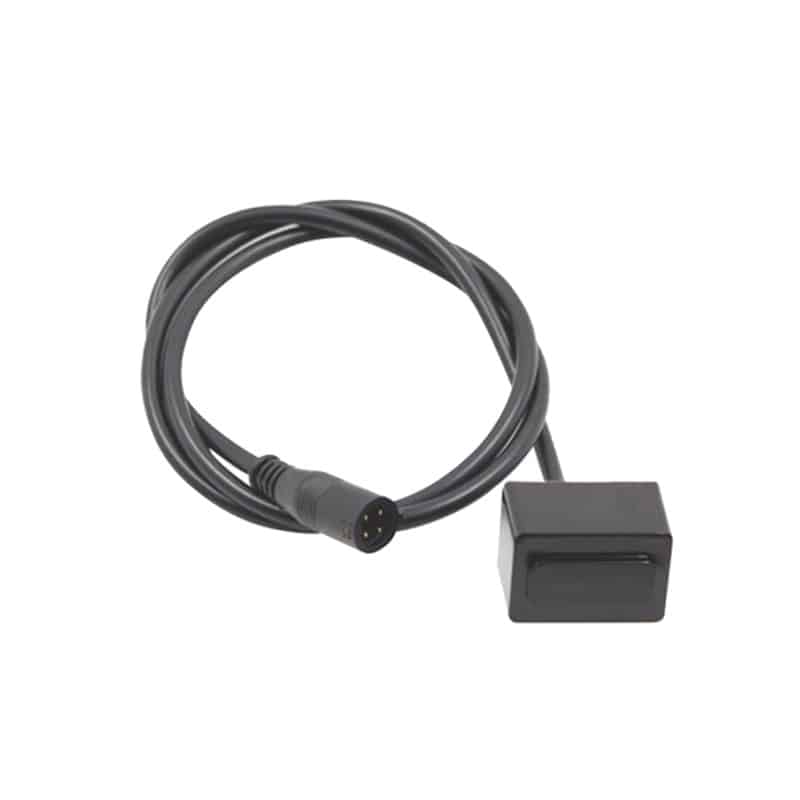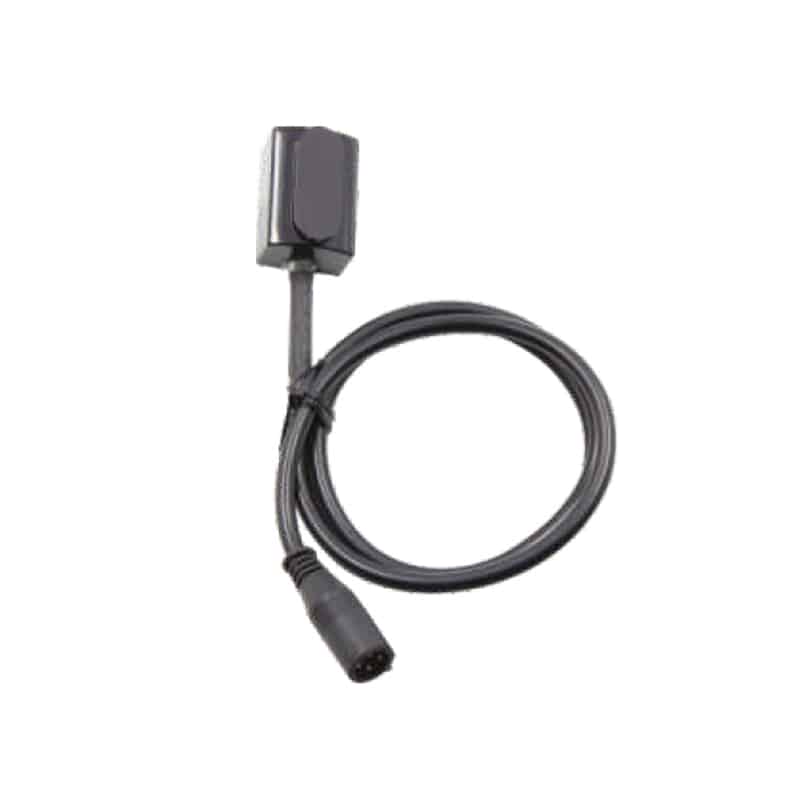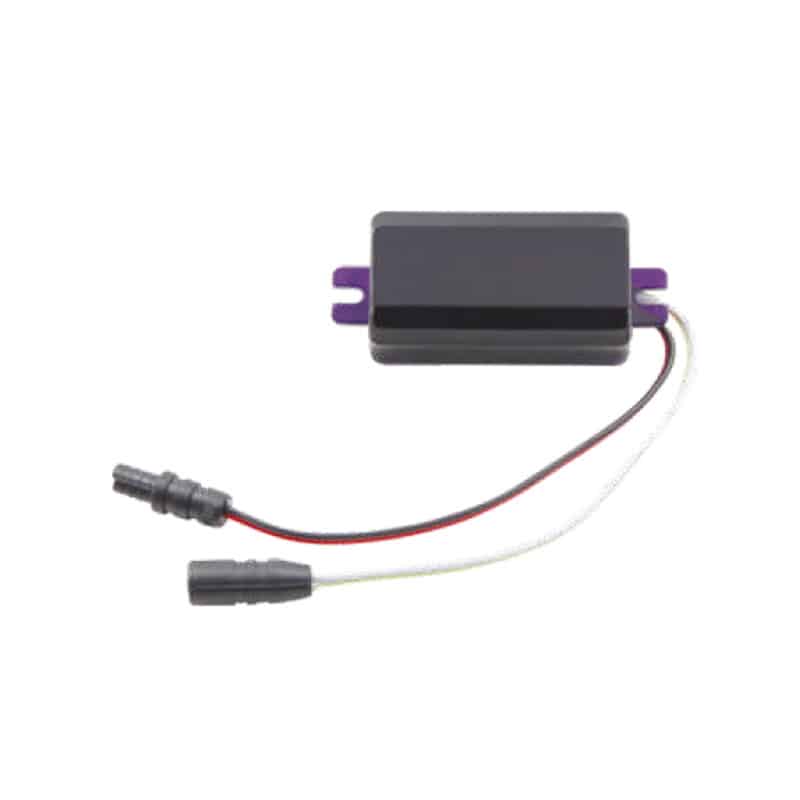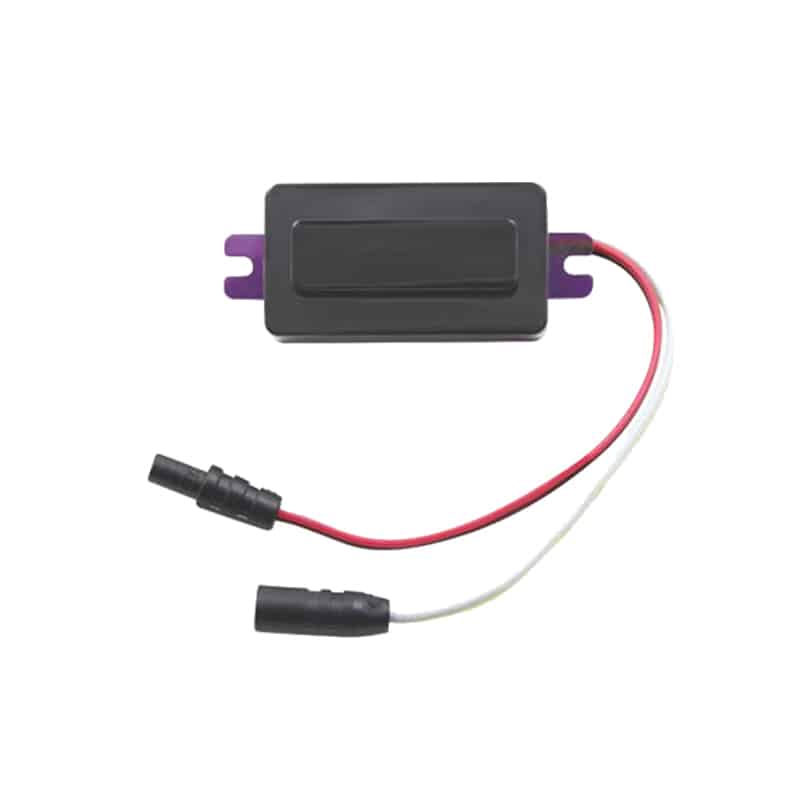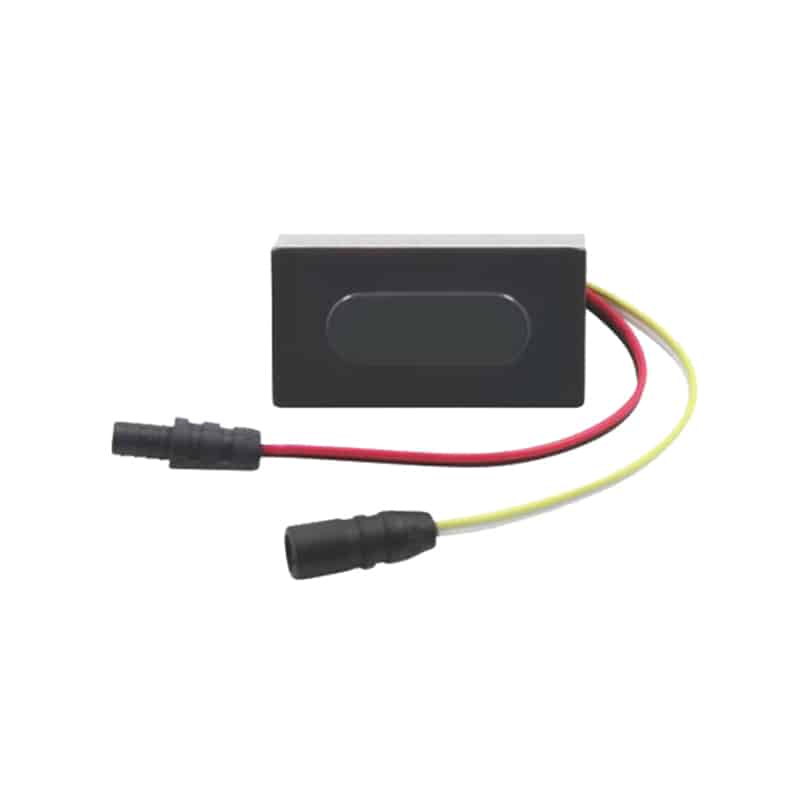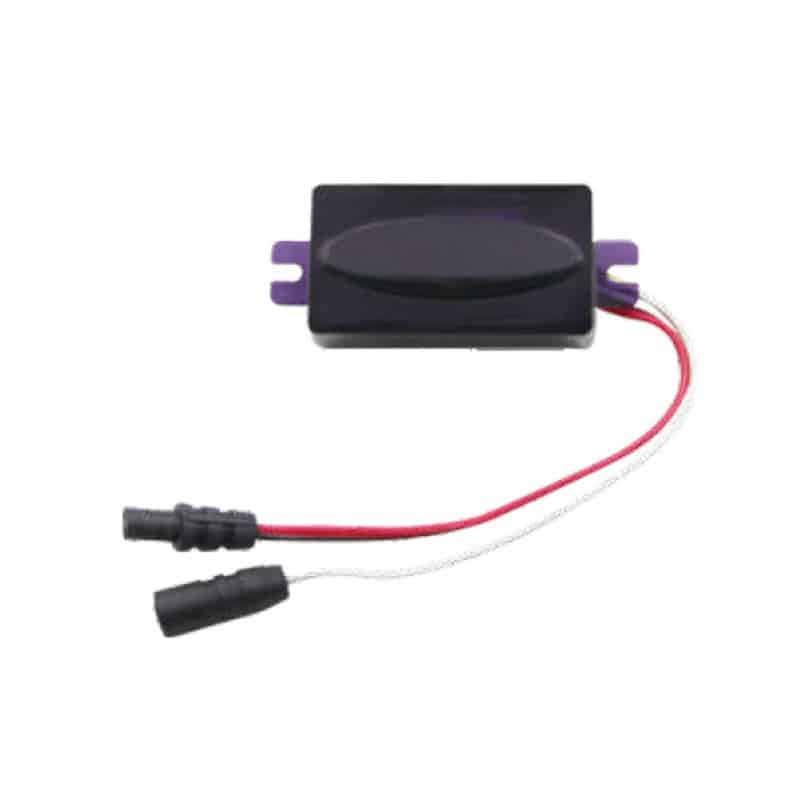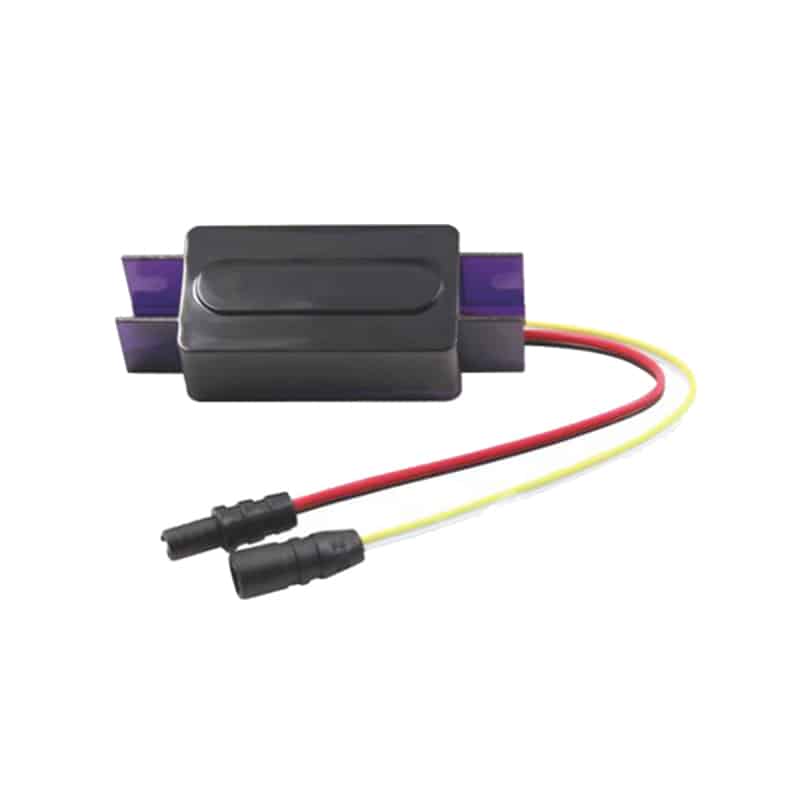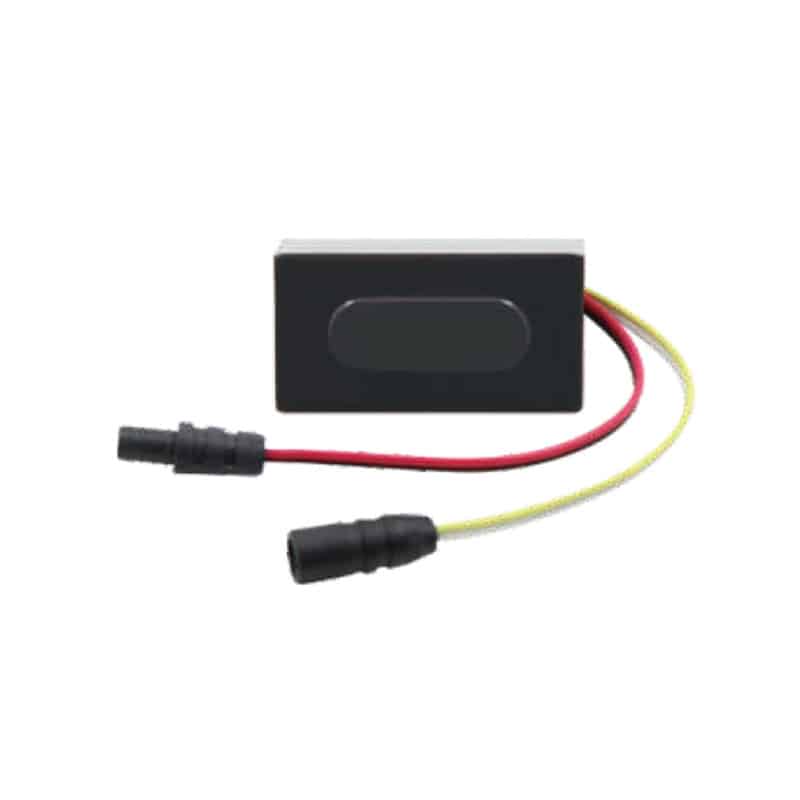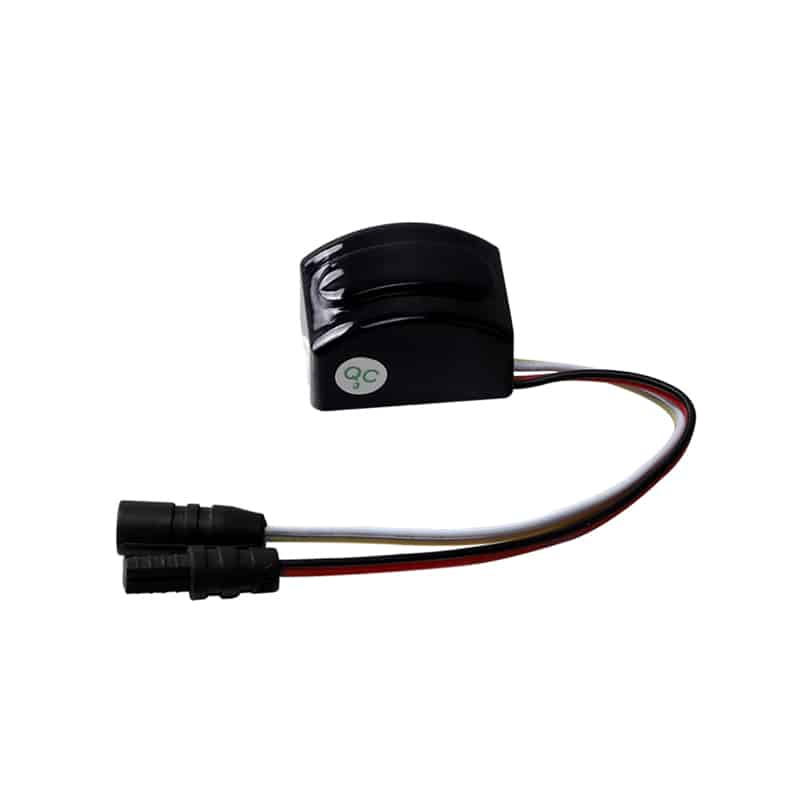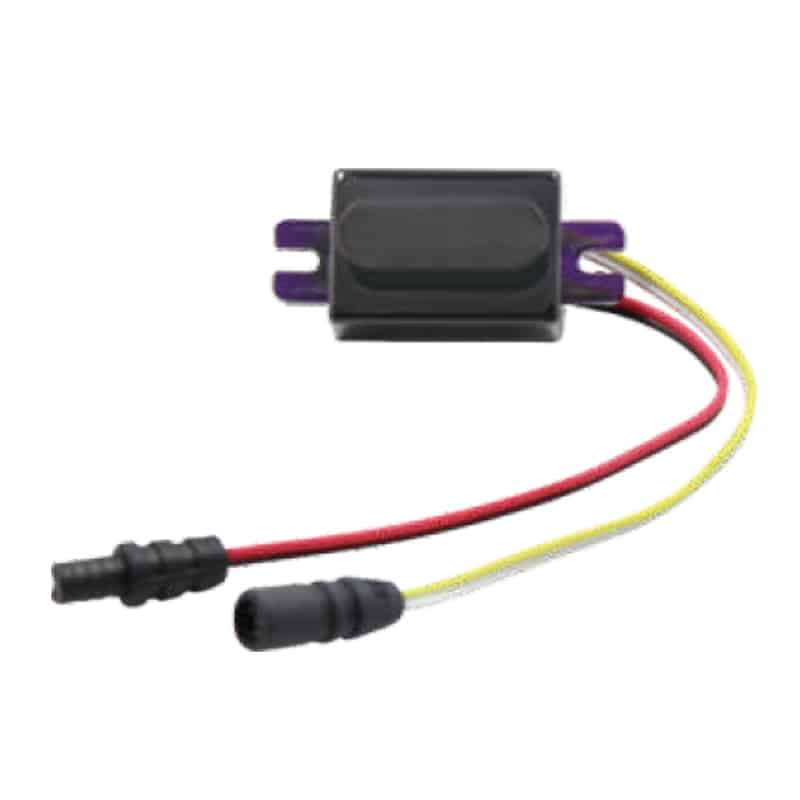Active infrared sensors use the emission and reception of infrared beams to detect the presence and/or movement of objects or people in their field of detection. The technology is ideal for applications requiring a long and narrow detection range. Its job is to inform the valve when to start or stop the flow based on the presence and/or movement of objects or people.
KEGE infrared sensors are widely used in automatic sanitary ware, such as touchless faucets, automatic urinal flusher and toilet flush valve.
What is an IR sensor?
An infrared (IR) sensor is an electronic device that measures and detects infrared radiation in its surrounding environment. Infrared radiation was accidentally discovered by an astronomer named William Herchel in 1800. While measuring the temperature of each color of light (separated by a prism), he noticed that the temperature just beyond the red light was highest. IR is invisible to the human eye, as its wavelength is longer than that of visible light (though it is still on the same electromagnetic spectrum). Anything that emits heat (everything that has a temperature above around five degrees Kelvin) gives off infrared radiation.
There are two types of infrared sensors: active and passive. Active infrared sensors both emit and detect infrared radiation. Active IR sensors have two parts: a light emitting diode (LED) and a receiver. When an object comes close to the sensor, the infrared light from the LED reflects off of the object and is detected by the receiver. Active IR sensors act as proximity sensors, and they are commonly used in obstacle detection systems (such as in touchless faucets).
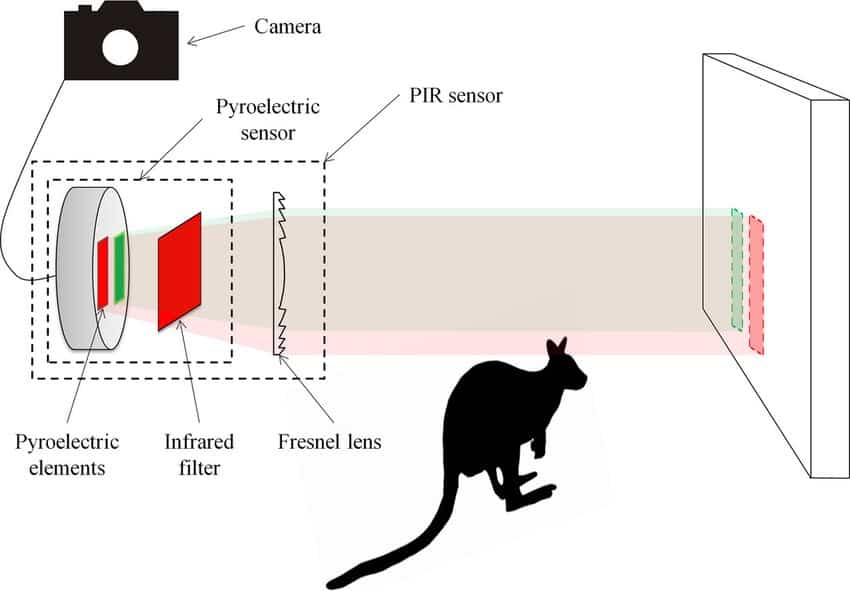
Passive infrared (PIR) sensors only detect infrared radiation and do not emit it from an LED. Passive infrared sensors are comprised of:
- Two strips of pyroelectric material (a pyroelectric sensor)
- An infrared filter (that blocks out all other wavelengths of light)
- A fresnel lens (which collects light from many angles into a single point)
- A housing unit (to protect the sensor from other environmental variables, such as humidity)
PIR sensors are most commonly used in motion-based detection, such as in-home security systems. When a moving object that generates infrared radiation enters the sensing range of the detector, the difference in IR levels between the two pyroelectric elements is measured. The sensor then sends an electronic signal to an embedded computer, which in turn triggers an alarm.

